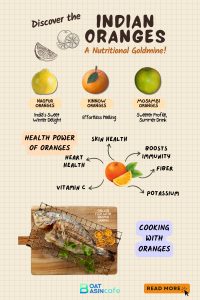
Exploring the Diverse Flavors & Benefits of Indian Oranges
Oranges! Just the mention of this zesty fruit and I instantly recall the time spent exploring the diverse palette of Indian oranges. Having stayed in

Oranges! Just the mention of this zesty fruit and I instantly recall the time spent exploring the diverse palette of Indian oranges. Having stayed in

While fresh-squeezed orange juice has become a popular choice, the discussion about its nutritional benefits often lacks depth and clarity. However, by distinguishing between fresh-squeezed

In the chaos of modern living, caffeine has become a constant companion. From that delectable cup of joe to industrious energy drinks, it’s a staple

Glowing skin is always on-trend, and I am always on the lookout for natural ingredients that can give my skin that desired glow. In my
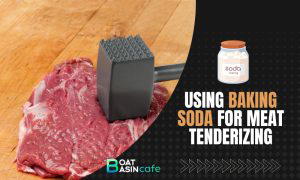
If you’re on a culinary journey, the versatility of common household ingredients such as baking soda might amaze you. This white pantry staple, with its

Explore the world of Keurig coffee makers and find the ultimate brewing perfection. Learn about energy-efficient options, milk frothing, and more to satisfy your coffee cravings.
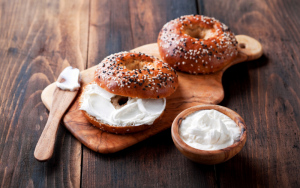
Ran out of cream cheese just when you really needed it for a recipe? Are you looking for vegan alternatives for cream cheese? We have listed the best 10 substitutes for cream cheese right here!
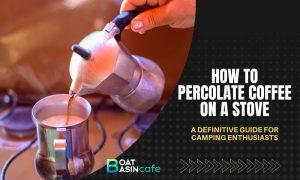
Are you one of those people who love having coffee? Do you have a percolator but unsure how to use a percolator? Stay with us and we’ll show you all the uses and benefits of a percolator.
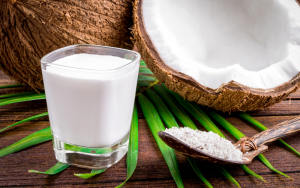
Did you know that you can achieve the same effect in your recipes by using coconut milk substitutes? Some of them offer better value and healthier benefits!

Master the art of making authentic Portuguese egg tarts from scratch. Nothing quite matches the joy of creating pastry wonders in the coziness of your